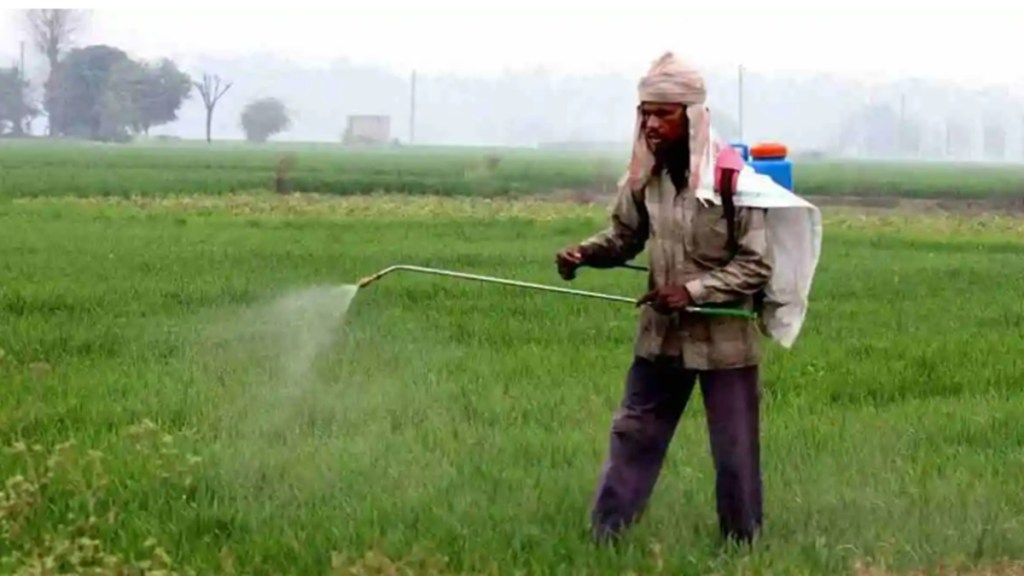The fertiliser subsidy for the current fiscal would touch a record Rs 2.5 trillion because of a spike in global soil nutrient prices, triggered by Russia-Ukraine conflict, fertiliser minister Mansukh Mandaviya said on Thursday.
However, he stated that the government would not pass on the burden of rising global prices to farmers and ensure that there is no shortage of soil nutrients in the country.
It would be the third year in a row that the annual Budget spending on fertiliser would be above Rs 1 trillion mark, against a lower range of Rs 70,000-80,000 crore in the past few years.
“We are taking several steps like signing long-term contracts for purchase of fertilisers from various countries so that impact of volatility in the global prices could be managed,” Mandaviya said while interacting with farmers and owners of Pradhan Mantri Kisan Samruddhi Kendras (PMKSK) from various states.
Under the scheme, around 0.27 million retail fertiliser shops in the country are being converted into PMKSK in a phased manner. These centres would provide a host of facilities such as agri-inputs (fertilisers, seeds and implements), testing facilities for soil, provide information regarding various schemes and weather reports.
Prime Minister Narendra Modi recently stated the central government has spent over Rs 10 trillion over the past eight years to ensure that farmers in the nation are not burdened by the high global fertiliser costs Imports account for a third of domestic soil nutrients consumption.
Also read: No-cost-EMI credit cards see traction: Adhil Shetty
In case of urea, farmers pay a fixed price Rs 242 per bag (45 kg) against the current cost of production of around Rs 2,650 per bag. The balance is provided by the government as a subsidy to fertiliser units. For a bag of diammonium phosphate (DAP), the farmers currently pay Rs 1,350, while the actual cost of the bag is around Rs 4,000.
The government provides subsidies to companies, those who manufacture fertiliser and those who import soil nutrients on the basis of actual sale by the retailers to the farmers
Industry sources said higher global prices of soil nutrients are seen to inflate fertiliser subsidies to an all-time high of Rs 2.3-2.5 trillion in 2022-23, up from Rs 1.6 trillion in the last fiscal.
Rating agencies – ICRA and Crisil – have pegged the government’s fertiliser subsidy to cross Rs 2.5 trillion in the current fiscal.
However, there are some moderations in the global prices of fertiliser in the recent weeks. “The worst as far as high global fertiliser prices trend is over,” said Arun Singhal, secretary, Department of Fertilisers.
Also read: FII DII data: FPI sold shares worth Rs 497.65 crore, DII bought shares worth Rs 1285.74 crore on Dec 26
Imported urea prices have risen by more than 150% to $1,000 a tonne in December 2021 from $400 a tonne in April, 2021. In October, 2022, imported urea prices are at $600 a tonne.
Global prices of DAP, which rose by 70% $ 945 a tonne in July 2022 from $555 a tonne in April, 2021, have since moderated. In October 2022, DAP prices were $722 a tonne.

